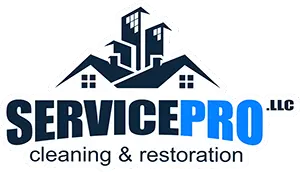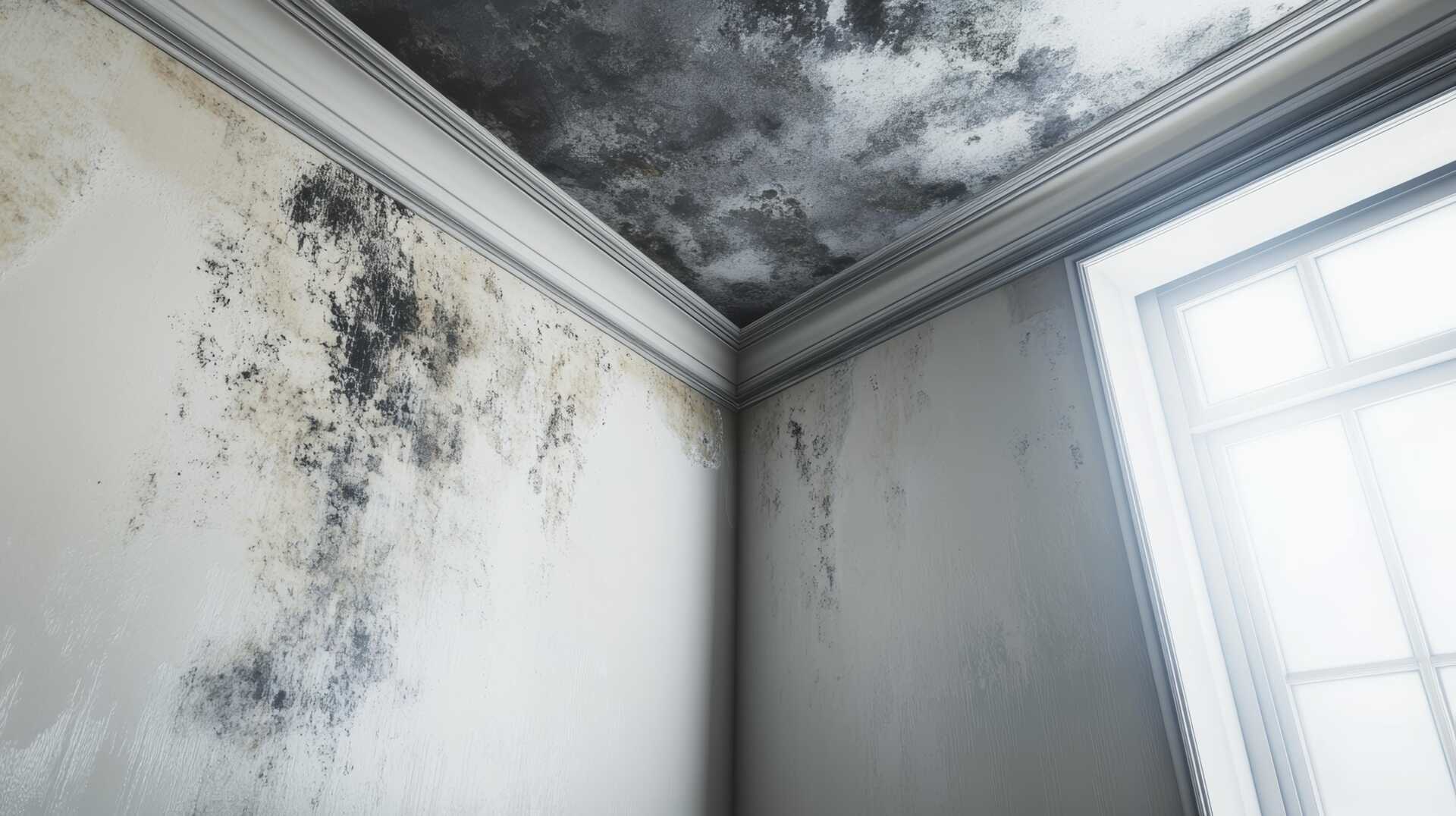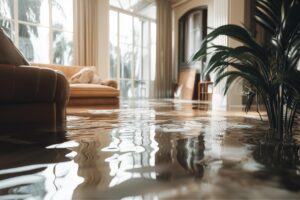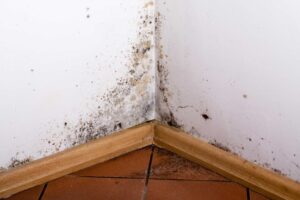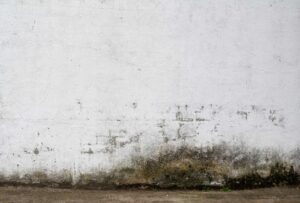Mold can invade your home faster than a storm can wreak havoc. Understanding effective, budget-friendly mold remediation solutions is vital for homeowners looking to protect their living spaces. From identifying signs of mold growth to utilizing DIY techniques, there are practical steps you can take. However, knowing when to seek professional help and how to navigate financial options can make all the difference in successfully tackling this pervasive issue. Are you prepared to uncover these essential strategies?
Key Takeaways
- Review your insurance policy for mold coverage and document damage thoroughly to support claims for remediation costs.
- Obtain multiple estimates from remediation companies and negotiate based on industry-standard quotes to ensure fair pricing.
- Explore community resources and local nonprofits for affordable mold remediation programs that assist homeowners in need.
- Consider DIY mold removal for minor issues using vinegar solutions, but always wear protective gear for safety.
- Implement preventive measures, such as humidity control and using mold-resistant materials, to reduce future mold growth and associated costs.
Understanding the Impact of Storm Damage on Mold Growth
When storms hit, they can cause significant damage to your property, creating the perfect conditions for mold growth.
In the storm aftermath, moisture often lingers in hidden areas like walls, attics, and basements. This excess moisture is a breeding ground for mold, which can develop within 24 to 48 hours.
To effectively manage this risk, moisture control is crucial. You need to act quickly to assess the damage and reduce humidity levels.
Start by drying out affected areas using fans or dehumidifiers, and guarantee proper ventilation throughout your home.
Additionally, inspect your property for leaks or water intrusion points that may contribute to prolonged moisture.
Identifying Common Signs of Mold After a Flood
After a flood, recognizing the signs of mold growth is essential for safeguarding your health and property. Mold types vary, but they often thrive in damp environments created by moisture sources like standing water or high humidity.
Look for a musty odor, as it can indicate mold’s presence, even if it’s hidden from view. Discoloration on walls, ceilings, or floors—especially black, green, or white spots—are also telltale signs.
Pay attention to any peeling paint or warped surfaces, which can suggest moisture retention, allowing mold to flourish. If you notice increased allergy symptoms, like sneezing or coughing, this might be a reaction to mold spores.
Acting quickly upon observing these signs can prevent further contamination and protect your living space. By staying vigilant and informed, you can maintain a healthy environment for yourself and your loved ones.
Assessing the Extent of Mold Contamination
How can you accurately assess the extent of mold contamination in your home? Start by conducting thorough mold testing. This process involves collecting samples from various surfaces and the air to identify specific mold types and contamination levels.
You can use DIY test kits for quick results or hire professionals for a more detailed analysis.
Next, inspect areas prone to moisture, such as basements, bathrooms, and around windows. Look for visible signs of mold, discoloration, or musty odors, which can indicate higher contamination levels.
Additionally, consider the duration of exposure. If you’ve had ongoing leaks or humidity issues, the mold may be more extensive than it appears.
DIY Mold Remediation Techniques for Homeowners
While tackling mold remediation might seem challenging, homeowners can effectively manage smaller infestations with a few straightforward DIY techniques.
First, always prioritize home safety by wearing protective gear such as gloves, masks, and goggles. For mild mold, a mixture of water and dish soap can serve as an effective mold removal technique. Simply scrub the affected area and rinse thoroughly.
For more stubborn mold, consider a solution of one cup of vinegar mixed with one cup of water. Spray it onto the moldy surface and let it sit for an hour before scrubbing.
After cleaning, verify that the area dries completely to prevent future growth. Additionally, improving ventilation in areas prone to moisture, like bathrooms and kitchens, can considerably reduce mold risk.
When to Call Professional Mold Removal Services
If you notice signs of mold infestation, such as visible growth or a musty odor, it’s essential to act quickly.
Ignoring these indicators can lead to serious health risks and extensive damage to your property.
Knowing when to call in professional mold removal services can save you from greater costs and health concerns down the line.
Signs of Mold Infestation
Mold can silently invade your home, often going unnoticed until it has caused significant damage. Recognizing the signs of a mold infestation is essential.
Here are some key indicators to watch for:
Visible Mold: Look for dark spots or fuzzy growth, especially in damp areas.
Musty Odors: A persistent musty smell often signals hidden mold.
Water Damage: Check for stains or discoloration on walls and ceilings.
Increased Allergies: If you’re experiencing unexplained allergy symptoms, mold might be the culprit.
Utilizing effective mold detection techniques and following visual inspection tips can help you identify these issues early.
If you notice any of these signs, it’s time to reflect on calling professional mold removal services for a thorough assessment and remediation.
Health Risks Involved
Ignoring mold in your home can pose serious health risks, particularly for vulnerable individuals such as children, the elderly, and those with pre-existing respiratory conditions. Mold health issues can lead to respiratory problems like asthma, allergic reactions, and chronic sinusitis. If you notice persistent symptoms, it’s time to contemplate professional mold removal services.
| Group A | Health Risks | Symptoms |
|---|---|---|
| Children | Asthma and allergies | Coughing, wheezing |
| Elderly | Increased susceptibility to infection | Shortness of breath |
| Individuals with pre-existing conditions | Exacerbation of symptoms | Nasal congestion, fatigue |
Don’t wait until it’s too late; addressing mold early can protect your health and well-being.
Extensive Damage Assessment
When evaluating the extent of mold damage in your home, it’s important to recognize the signs that warrant professional intervention.
If you notice any of the following, it’s time to call in the experts:
Visible Mold Growth: If you see mold spreading, it’s imperative to act quickly.
Persistent Musty Odors: Lingering smells often indicate hidden mold.
Water Damage History: If your home has experienced flooding or leaks, mold testing and moisture detection become critical.
Health Symptoms: If you or your family members experience unexplained health issues, professional help is required.
Ignoring these signs can lead to extensive damage and health risks.
Consider professional services to guarantee thorough remediation and a safe living environment.
Affordable Mold Remediation Products and Solutions
When tackling mold issues on a budget, DIY methods can be quite effective.
You can find numerous budget-friendly mold killers that are both safe and efficient for home use.
Understanding these options helps you make informed decisions for effective mold remediation without breaking the bank.
DIY Mold Removal Methods
While many homeowners might feel overwhelmed by the presence of mold, effective DIY removal methods can often provide a cost-effective solution.
By using common household items, you can tackle mold issues head-on. Here are four methods to evaluate:
Vinegar Solutions: Spray undiluted white vinegar on the moldy area and let it sit for at least an hour before wiping it off.
Baking Soda Paste: Mix baking soda with water to form a paste, apply it to moldy spots, and scrub until clean.
Hydrogen Peroxide: Use 3% hydrogen peroxide in a spray bottle; let it sit for 10 minutes and then scrub.
Natural Mold Inhibitors: Essential oils like tea tree oil can be mixed with water and used as a spray to prevent mold growth.
These methods can empower you to reclaim your space!
Budget-Friendly Mold Killers
After exploring effective DIY methods for mold removal, it’s important to take into account budget-friendly mold killers that can enhance your efforts.
Eco-friendly alternatives are safe for your home and effective. Vinegar solutions, for instance, can kill some mold species—just spray them on the affected area and let them sit.
Baking soda is another versatile option; mix it with water to create a paste, which you can then scrub onto surfaces.
For a pleasant scent, consider adding essential oils like tea tree or lavender, both known for their antifungal properties.
Combining these approaches will create a powerful arsenal against mold, all while keeping your budget intact and your home healthy.
Steps to Prevent Future Mold Growth
To effectively prevent future mold growth, you need to focus on controlling moisture levels within your home. Here are some practical steps you can take:
Use Mold Resistant Materials: When renovating or building, opt for mold-resistant drywall and paints to provide a solid defense against future infestations.
Conduct Routine Inspections: Regularly check for leaks, damp spots, or any signs of water damage in areas prone to moisture, such as basements and bathrooms.
Control Humidity: Keep indoor humidity levels below 60% by using dehumidifiers and ensuring proper ventilation in high-moisture areas.
Seal Cracks and Openings: Inspect and seal any cracks in walls, windows, and foundations to prevent moisture intrusion.
Importance of Proper Ventilation in Mold Prevention
Proper ventilation is essential for preventing mold growth in your home.
By ensuring adequate airflow, you can effectively control humidity levels, creating an environment that’s less conducive to mold development.
Implementing ventilation strategies protects your space and promotes overall indoor air quality.
Role of Airflow
While many homeowners focus on visible signs of mold, neglecting airflow can lead to serious problems.
Effective airflow management is vital in preventing mold growth. Here are some ventilation techniques you can implement:
Use exhaust fans in kitchens and bathrooms to remove moisture.
Open windows when weather permits, allowing fresh air to circulate.
Install vents in basements and attics to promote consistent air movement.
Utilize air purifiers with HEPA filters to improve indoor air quality.
Humidity Control Strategies
Humidity control is vital for preventing mold growth in your home, especially when effective ventilation is part of the strategy. Proper airflow helps reduce moisture levels, which is essential in areas like bathrooms and kitchens.
You should consider various dehumidifier options tailored to your space; these devices can efficiently remove excess moisture. Additionally, implementing moisture barriers in basements or crawl spaces can further shield your home from humidity intrusion.
Confirm that vents aren’t blocked and use exhaust fans during cooking or showering to enhance air circulation.
Insurance Considerations for Mold Remediation
How can you navigate the complexities of insurance when it comes to mold remediation? Understanding your insurance coverage is essential, as many policies have specific exclusions and limitations regarding mold.
Here are four key considerations to keep in mind:
Review Your Policy: Check for mold-related exclusions or coverage limits—some policies may not cover certain types of mold damage.
Document Damage: Take photos and keep records of any water damage or mold growth; this documentation can support your claim.
Consult Your Agent: Speak with your insurance agent to clarify your coverage and any policy limitations; they can provide valuable insights.
Get Multiple Estimates: Obtain quotes from various remediation companies to guarantee your claim aligns with industry standards, potentially aiding in negotiations with your insurer.
Resources for Finding Low-Cost Mold Remediation Services
Finding low-cost mold remediation services can feel overwhelming, but several resources can help simplify the process. Start by exploring local service directories, where you can find reputable companies in your area. These directories often provide user reviews and contact information, making it easier to compare services.
You can also check community resource centers, which may offer connections to affordable remediation programs or even free consultations. These centers often have insights into local grants or financial assistance for mold issues.
With these tools, you can confidently find the right solution for your needs.
Review
Addressing mold issues doesn’t have to drain your wallet. By understanding the signs, employing DIY techniques, and knowing when to seek professional help, you can effectively manage mold growth. Remember to assess your insurance options and utilize community resources for financial support. With proper ventilation and preventive measures, you can safeguard your home from future infestations. Taking these steps protects your property and promotes a healthier living environment for you and your family.
